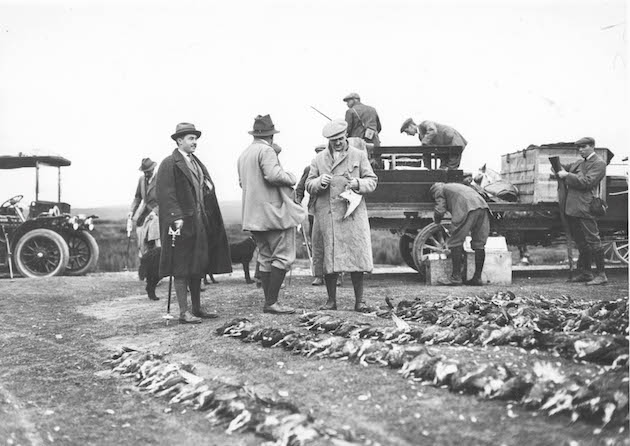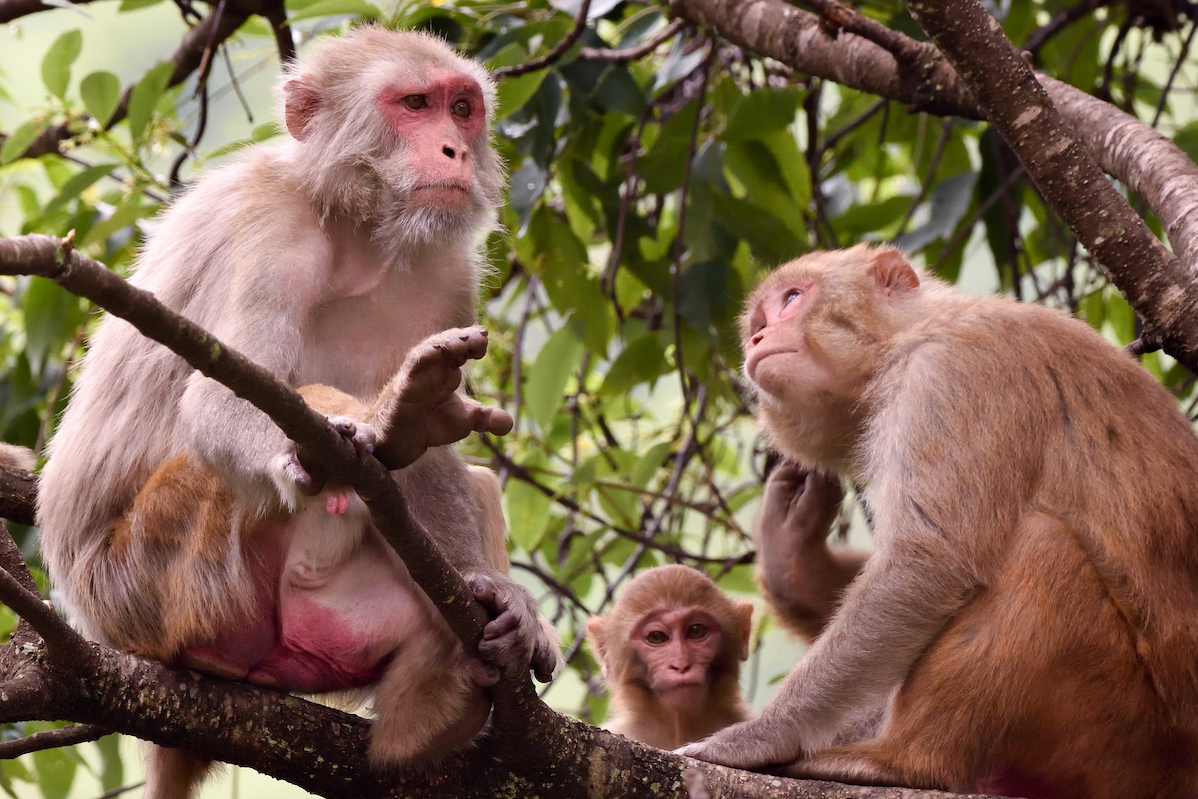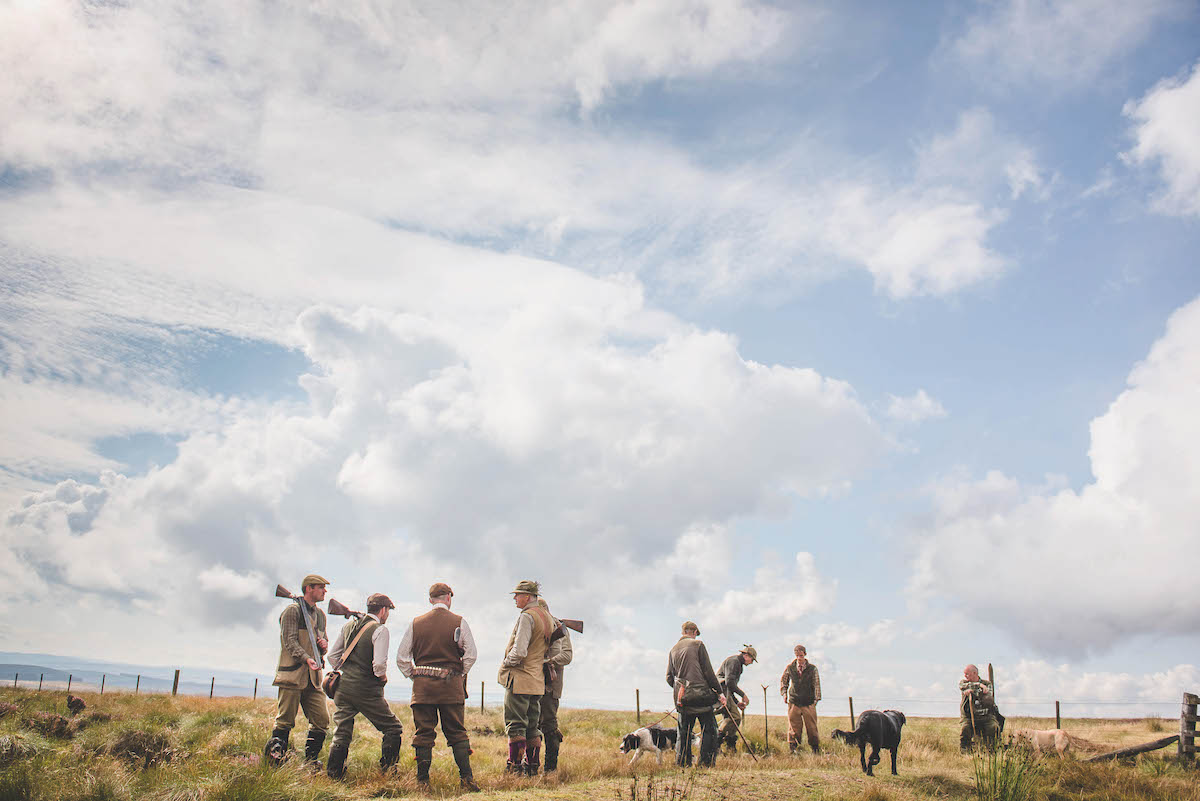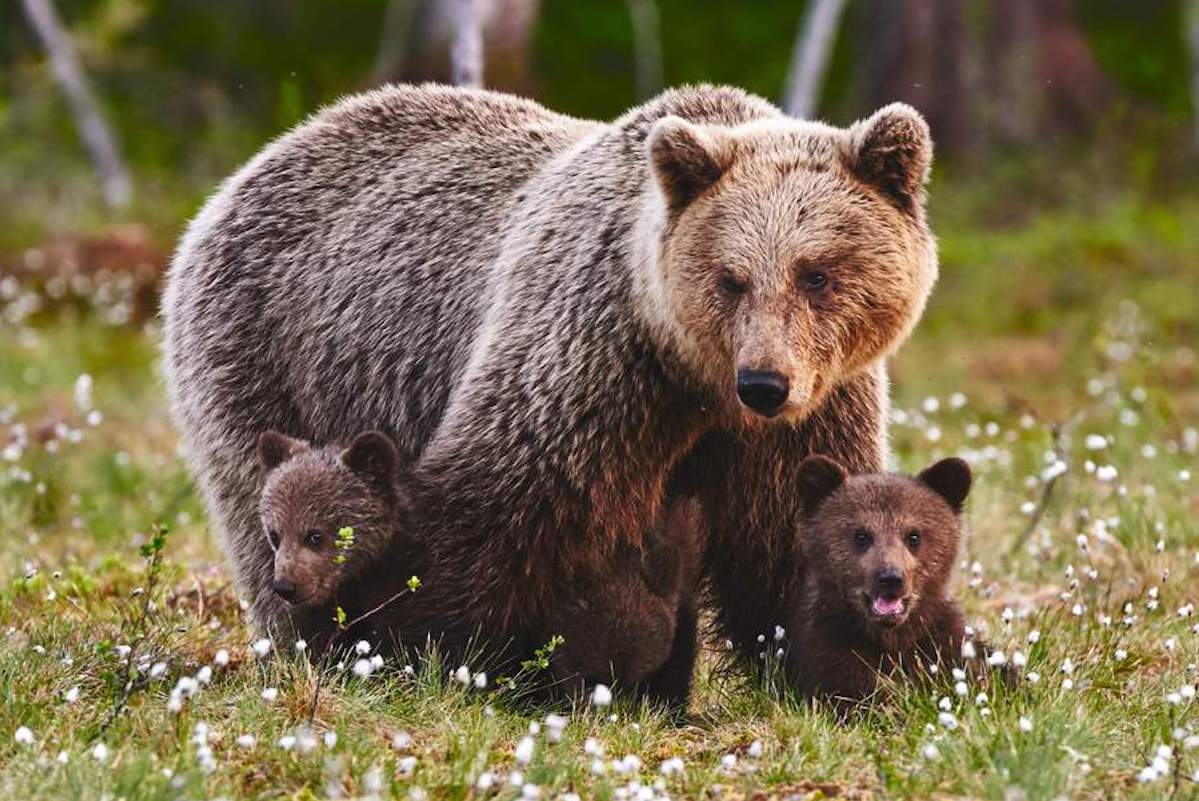Why is game still stuck in a class divide?
Once expensive and with barbaric laws of protection, game is more affordable today but struggles to shake off its past, says Rose Prince

More than enough to go round after a grouse day at Studley Royal in 1911
In one sense, game today costs a markedly different amount depending on who you are. For a paying Gun, that brace of pheasants you take home at the end of the day will be one of the priciest foods you can buy. A person who shoots in their own backyard, so to speak, gets theirs free, more or less. But for the consumer who sets out to buy something oven-ready, the price of modern game sits somewhere between buying free-range chicken or a good cut of lamb.
In terms of supermarkets, there are plenty of options. Aldi and Waitrose sell pheasant in season, the latter at £4.25 for two breasts. Last Christmas, Aldi sold pheasant as part of a luxury three-bird roast for just under £20. Like almost everything, you can buy game online or, even better, you can get it from a good old-fashioned butcher. A partridge at my local last season was £3.50 and a pheasant was a fiver.
Sometimes in the right sort of pub you may be offered a rabbit or two at a knockdown price (don’t ask) — but more about that later.

Brace of pheasants
Old money
It is the case that once upon-a-time, game was bought and sold for an awful lot of money. Astonishingly, 50 years ago, grouse on the Twelfth could make £12 to £14 per brace before settling to £7 to £9 for the rest of the season. For context, the average salary in 1970 was £32 a week. Over the course of the season, £12 per bird dropped to about £8 depending very much on the numbers being shot.
That meant that poaching was well worth the risk and it’s hard to believe but grouse were netted commercially until the 1950s when the law was changed. In those days, game was for the rich, the pot hunter, or the poacher if he could afford to eat it.
Nick James, of Willo Game — a man who spends much of his life thinking about game prices — told me that 26 years ago, before shooting ‘took off’, Willo was buying pheasants for £1 a bird and selling them, in the feather, for £2.50. An awful lot of them went abroad. Amusingly, Nick remembers that when he was at school in the late 1960s, he was able to sell pheasants for £13 6d — not enough to pay his own school fees but a very solid figure.
Interestingly, at the other end of the scale, I came across a Norfolk family recently who recall their ‘Northwolder’ father, a rabbiter, selling paunched rabbits to a dealer for 10 shillings a dozen, about £9 today. In other words, rabbit was plentiful back then and demand was relatively modest, while gamebirds were harder to come by and demand was high.
These days, sadly, we have a bit of a reverse situation. There are many shoots that pay game dealers to process their birds. There is more than enough pheasant to go round, but it isn’t eaten, yet, by the masses. Game is healthy, sustainable and crucially, it’s accessible, so why isn’t it selling like those proverbial hot cakes?
Here it perhaps gets awkward because we have to talk about Britain’s polarised social structure and inherited attitude to a source of meat whose history tells some uncomfortable stories about us.
Returning to the cost of a single gamebird, hare or rabbit, old English laws dictated that stealing or poaching once cost perpetrators of such a crime everything — with severe punishments such as deportation and even death by hanging. So now, when the choice to eat game ought to belong to all of us, a large sector of society still believes it is a luxury to be eaten by a ruling class. However, things are starting to shift.
It’s on the shelves of Aldi after all and in 2020, Waitrose, which has recently expanded its game range, reported that venison sales rose by 60% between 2018 and 2019. Yet this is a supermarket that marks up game as a luxury food, so that demand is unlikely to come from a broad spectrum of the public. Indeed a survey by Kantar identified that 30% of venison is bought by people who are 65 years old and over.

In the kitchens of Kenilworth Castle in July 1575, a fine variety of game hangs, ready to be prepped
Luxury ticket
Essentially, Britain does not have a ‘wild larder’ that can be accessed by the public, comparable to other western countries. The reason for game’s luxurious price structure and culture has been baked into the British psyche for nearly 1,000 years. After the Norman invasion, William I established a system of Forest Law that served to protect game from being hunted by the ‘common people’.
Hunting rights were reserved for the Anglo-Norman ruling class to whom the King had awarded parcels of land — or manorships. Estates were run in an almost communist way, whereby the landowner was responsible for those living on his land, providing employment and so on.
But the game produced on the estates was eaten almost exclusively by the higher orders. Basically anyone without land or rank had no right to hunt or keep hunting dogs, and poaching was punishable by death.
For centuries this remained the status quo until the reign of William IV, who tweaked the laws to create the Night Poaching Act — punishment was reduced to transportation to the colonies — and created the Game Act, which established the close seasons for game species that still, more or less, apply.

A Victorian scene of a poacher being caught – punishments had previously been very severe
Rigmarole
If you enjoy shooting and you live in France, it is a very different picture. Anyone can apply for a game permit, no matter what their social standing, and — having gone through a very bureaucratic application rigmarole — obtain either a departmental (local) or national game permit.
This allows shooting on common land and private land if you are given permission by the landowner. Expatriate friends have told me that the latter is not something that should be summarily refused. Can you imagine if that were the case here?
Let us say that you are a Gun who pays to shoot pheasants at a commercial shoot. Have you ever calculated the true value of that gleaming brace you brought home in the boot of your car, from the poult being bought, to the feed it consumes, to the beaters’ wages?
My husband, who used to be a shoot captain on his syndicate, once did so and claimed that each pheasant he took home cost £27. On this admittedly rather spurious calculation the average priced oven-ready pheasant bought from a butcher’s shop is a bargain. Yet it remains a hard sell.

Piri-piri roast pheasant and home-cooked chips could be on every table and pub menu in the land
French lesson
In praise of the French system, everyone eats game. It’s affordable not least because the culture of healthy French cooking sees nothing wasted. It is valued throughout France. Go to a petrol station with a grocery shop attached and you will see the shelves lined with canned terrines made with hare, rabbit, pheasant, wild boar and venison. It is served in season in typical lunch places, where everyone goes. The democratisation of France’s hunting laws plays a part in the lower prices.
I’m not suggesting we should have a revolution but it is a bit mad that, when the likes of Willo Game is selling a brace of partridge for £6, a mallard for £5.20 and 800g rolled venison for £15, it isn’t being eaten by more people. For food of this status, that represents serious value.
On the same site, if you’re feeling a little less flush, you can buy eight to 10 venison sausages for £4.95, 500g of wild boar meat for £6.75 and four frozen pheasant breasts for £4.30. I could feed six on a pheasant pilaf.
Ultimately the cost of game is nothing like what it was when you could swing from a gibbet for stealing it or when it was unavailable due to your rank.
Our higher incomes, relatively low food inflation and the way shooting has boomed means game is now more affordable than ever. But like so many things in Britain, for my money anyway, we are all still a bit hung up on class.








